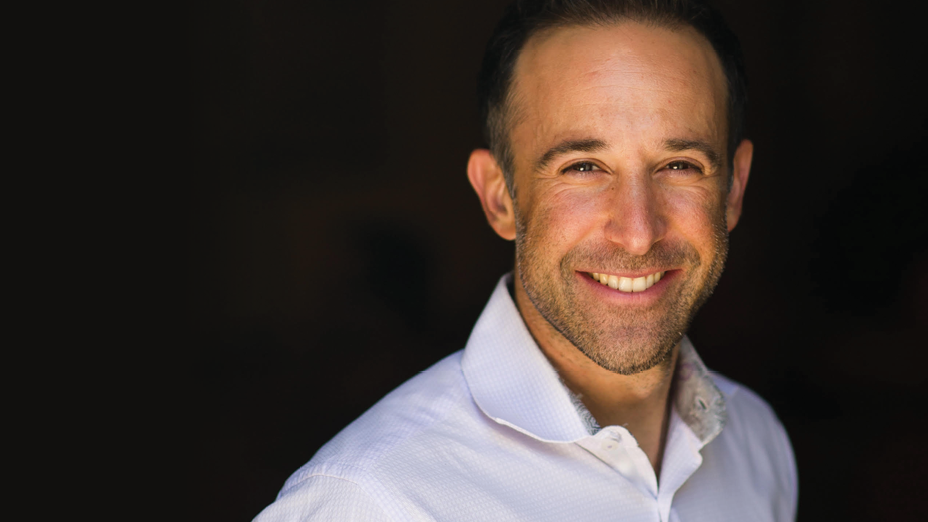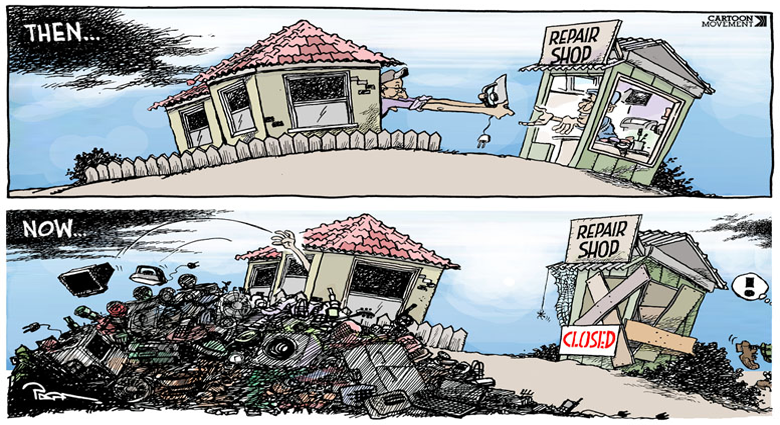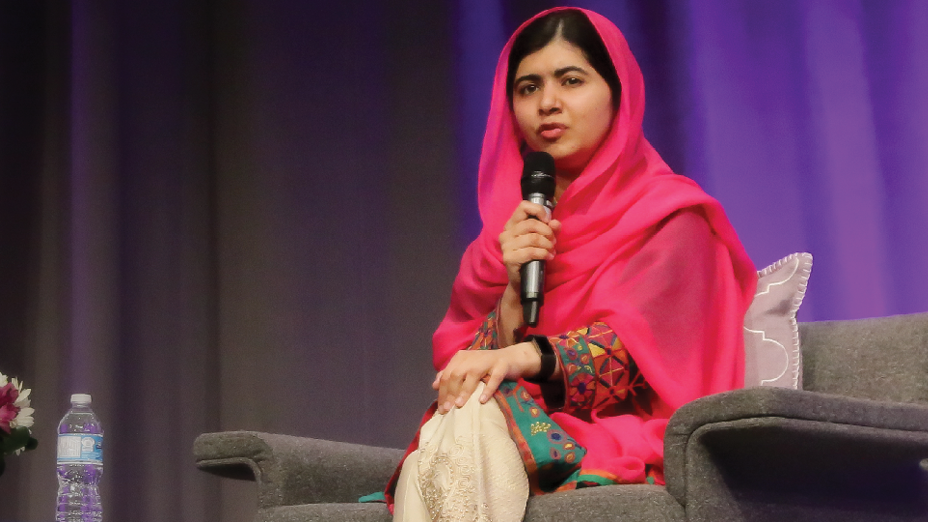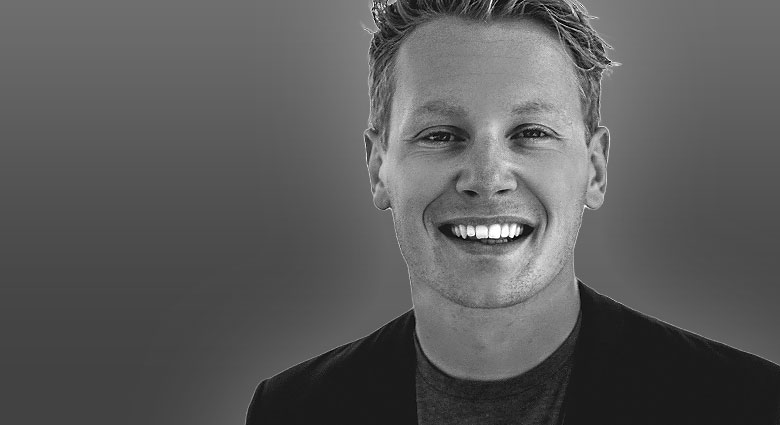Looking back on the past three years, three things have become abundantly clear: The world around us is moving faster than it ever has before, the labour force is tighter than it has been in the past 50 years, and that the future is wildly impossible to predict.
Why is it then that after study after study, we’re still reading that the future of work is one where we’re either in the office or not, working asynchronous hours or not, and deciding how productive working from home really is.
I mean, did anyone really think that Britain would have 3 prime ministers in 6 weeks? That Tiger King would be the number one show on Netflix? That gas prices would be nearly as volatile as cryptocurrency. Our collective crystal ball is broken and the conversation we really need to be having about the future of work is not one that hypothesizes what is it going to look like but rather how it is we are going to get there – wherever it may be.
Coined by Buckminster Fuller all the way back in 1958 as The Knowledge Doubling Curve and now backed by IBM, it was discovered that due to the rapid increase of communication and technology, the amount of information we have access to is doubling at an alarming rate. Before 1900, the amount of information we had access to doubled every one hundred years. Since then, it has been doubling at a halved rate. From 1900 to 1950, the amount of information we had access to doubled. From 1950-1975, it doubled again. And from 1975-1988, you guessed it, another doubling. Now, because of machine learning and artificial intelligence, the amount of information we have access to is doubling every few hours – incredible! This means the world will continue to move faster, new ‘best’ practices are being created faster, and change and uncertainty will truly be the only constants moving forward.
And to make matters more dire, the unemployment rate in Canada (roughly 5%) is at near historic lows. We aren’t reproducing enough to replace the working population, we can’t welcome new Canadians into our country fast enough, retiring cohorts are leaving the workforce at twice the rate they were a decade ago, and technology as we know it has anyone selling Alibaba products with their own logo right from their basement.
While these conversations could be important, finding out that the tech company from down the street has gone fully remote doesn’t really help big creative agencies decide where they should be working from at all, does it? Instead of finding the latest, greatest study about hybrid work, we need to be shifting our focus from what others are doing, to taking a deep look in the mirror and asking ourselves ‘what is best for us? And how do we build a team that is rooted in trust, resilient, and agile?’ The foundation of any great team that is successfully navigating ‘next’ together is a deep sense of trust.
These groups of people understand that the fastest way to speed up human connection is indeed to slow down. They know that those that build deeper connections with each other outside of typical work conversations will work better together when uncertainty presents itself and the proverbial going gets tough.
Take it from the bottom-of-the-division 2020 Cleveland Browns. Coached by Kevin Stefanski (at the time, a rookie head coach) during the first wave of the pandemic, Stefanski knew that he had to bring his people together off the field so they could play better together on the field. His secret? The 4H drill. Kevin shared his Heroes, Heartbreak, Hopes, and History with the team. Following his vulnerability, willingness to share, and desire for the team to know him better, he asked if others would share too. Not long after, they had to schedule responses because team members were so eager to share, to feel, and to relate. This refreshing and effective exercise had the team connecting in ways they simply never had before. That year, the team went 11-5, went to the playoffs for the first time in 17 years, and won a playoff game for the first time in 28 years. Kevin’s secret: he knew that when the team trusted each other off the field, they played better together on the field.
We’ve all heard it before – the grass is greener on the other side of the fence. What if the grass was greenest where it was watered? As we navigate the future of work together, it is imperative that we understand that trying to predict what the future of work is going to look like is a lot like trying to predict when the Toronto Maple Leafs will win the cup next. Sounds like an easy way for everyone to get disappointed.
Whether we like it or not, we’re all Trailblazers navigating our way through a future that has yet to be created. While many of us understand that it may be faster to go alone, if we want to go far, we must go together. To be able to truly thrive in the future of work we can’t be stuck on what others are doing when it comes to where they work, how they work, and what it is they get done. Instead, the focus needs to shift internally. We must be asking our teams how they get their best work done, what it is that really makes them tick, and how we can continue to build deeper trust, deeper relationships, and a resilient team that can navigate whatever uncertainty the future of work will promises to bring.




.png)




What Did You Think?